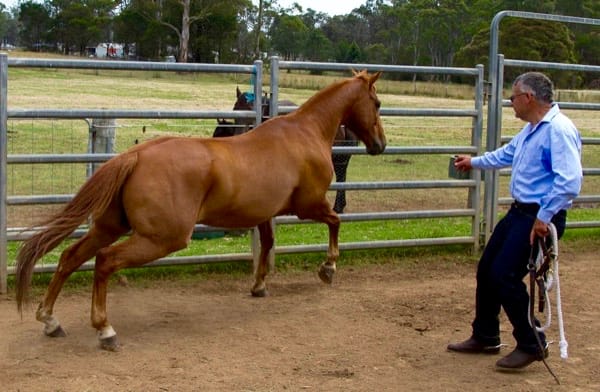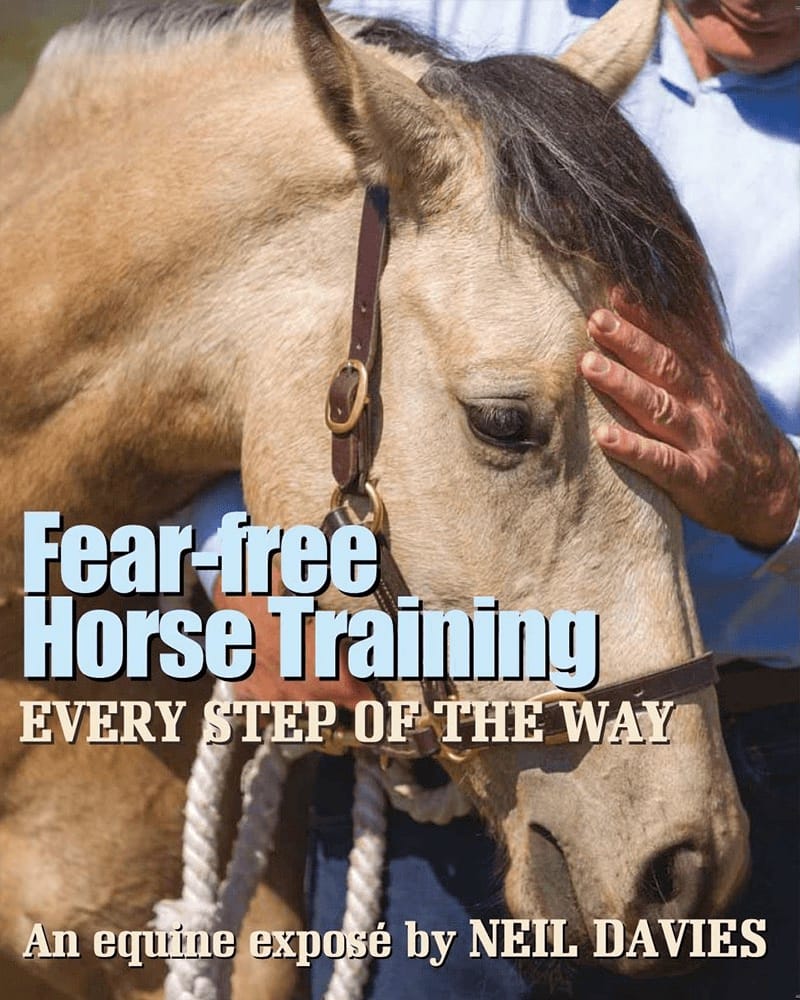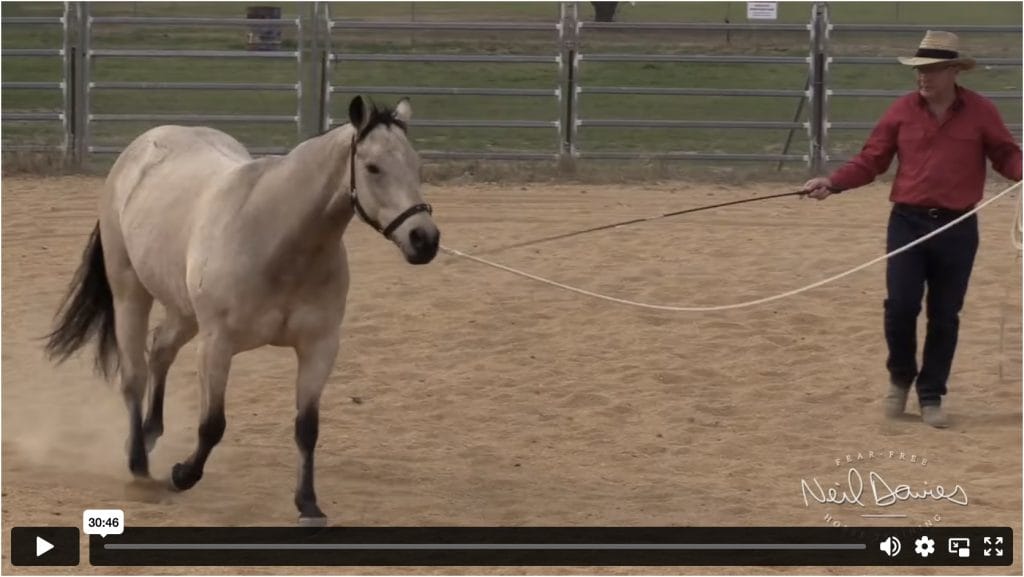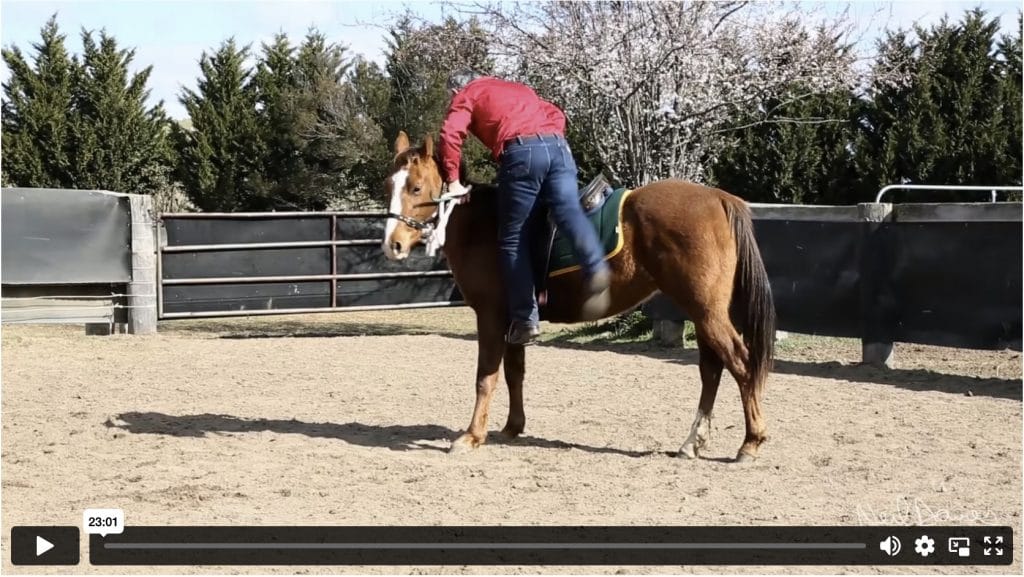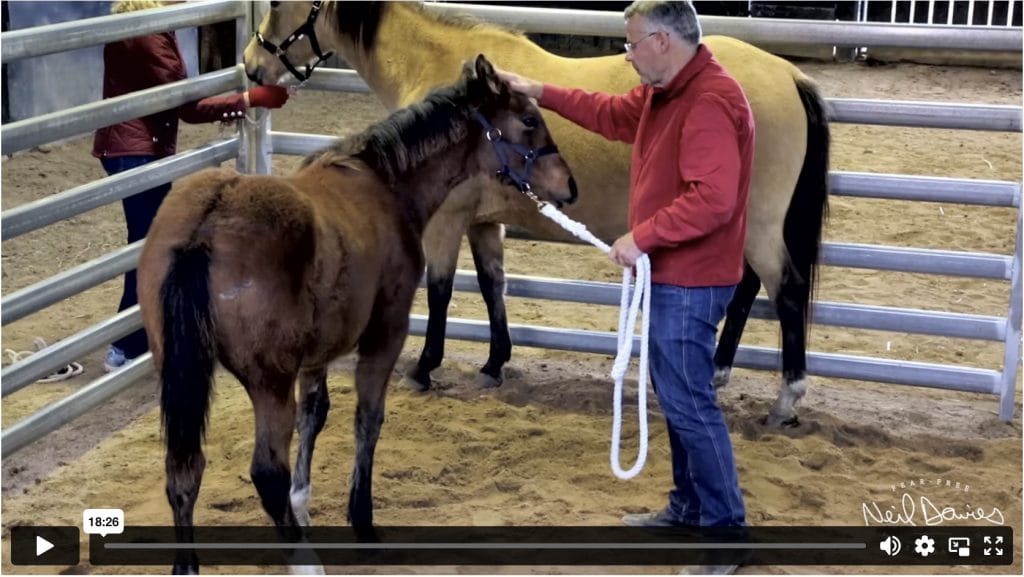Q: I have a question in relation to an issue that we have with my daughters pony and our pigs.
When we first got the pony she spent the best part of the time cavorting about the paddock when she saw the pigs.
When in the paddock the other horses ignored the behaviour and I now notice that the pony ignores the pigs on the other side of the fence.
Or at least grazes as far away from them as possible.
However, when it comes to taking her to and from the paddock we have to go through a paddock with the older pigs, who don’t rush up and really aren’t interested in anything other
than resting or eating as we go through.
At the point of walking out the gate through this paddock the pony becomes highly alert and aware.
She had become virtually impossible to lead doing little rears and trying to take flight and bolt.
I try to keep my energy low so as not to heighten her anxiety.
I have tried talking to her, but realise this only reassures her behaviour.
I’ve tried ignoring the behaviour but it doesn’t work.
I have tried leading her backwards and forwards past the pigs when I’m in her paddock to try and help when we leave the paddock without success.
We only have a small place so it’s not possible for horses and pigs not to come in contact.
I just want to fix the problem and don’t really know the best way to go about it.
I’ve been told it will improve with time, but the converse seems to be true as its getting worse.
From Janet
Hi Janet
Your question raises some important issues about well-established myths in the horse world.
These myths seem perfectly logical from a human point of view.
Unfortunately, horses don’t think like humans, they think like horses.
Myth No.1
It’s often said that horses are prey animals and it’s natural for them to be frightened of predators.
The truth is that horses can’t work out which animals are predators and which aren’t.
Horse’s take fright first and think later.
They don’t work out if an animal is a predator or not.
Myth busted:
Pigs aren’t predators, yet lots of horses are frightened of pigs.
Myth No. 2
The more you expose a horse to something he’s frightened of, the less frightened he’ll be.
This obviously isn’t working for you.
The more your pony is exposed to the pigs, the worse she gets.
Frequent exposure to the pigs doesn’t lessen her reaction.
Myth busted:
The idea that you must get horses ‘used to’ things that worry them by repeated exposure is flawed.
Myth No. 3
Your horse looks to you as his leader and will copy your behaviour.
Myth busted:
You said that you ‘keep your energy low’ but your pony takes no notice and tries to ‘take flight and bolt’.
In other words, she doesn’t copy you and she takes no notice of your mood.
And that’s the truth. Horses aren’t mimics and they don’t copy our behaviour.
Myth No. 4
Talking to a horse calms him.
Myth busted:
If you think about it, why should the sound of a human voice calm a horse.
Horses don’t communicate by talking.
If you talk every time your horse is worried or upset, he’ll learn to relate your voice to stressful situations.
You’ll teach your horse that every time you speak in a ‘calming voice’ he should expect a drama.
You and I know that pigs are nothing to worry about.
The fact that your pony worries about pigs doesn’t really matter.
It may be pigs today and cows tomorrow or a log laying on the ground or a car or a hundred other things that your pony decides she ‘doesn’t like’.
You don’t have to get your pony ‘used to’ pigs.
Instead, you must make what you want to do more important to your pony than pigs, cows, logs or anything else.
All you want to do is lead your pony through the paddock.
Your pony must concentrate on leading as you ask.
At the moment, you’re both concentrating on the pigs.
You must go back to basics and teach your pony that the most important thing is to do as you ask.
Start in a small area, away from the pigs or any other distractions.
Make sure that you can control your pony where everything is easy.
Don’t confront her with frightening situations.
Get control without distractions.
When you feel you have control in the small area, lead your pony outside.
Find some obstacles to step her over.
Always start with easy tasks and build up gradually.
My book shows how to build up to difficult tasks in small increments.
After a week or so, when you feel you have better control, lead her past the pigs.
Concentrate on making your pony move exactly where you want, at the exact speed you want.
One step off line or one step faster is one step too many.
If she tries to rear or bolt, pull her around in a small circle.
I understand that your pony doesn’t like pigs but that doesn’t give her an excuse to do as she pleases.
What you want to do must always be the most important thing.

